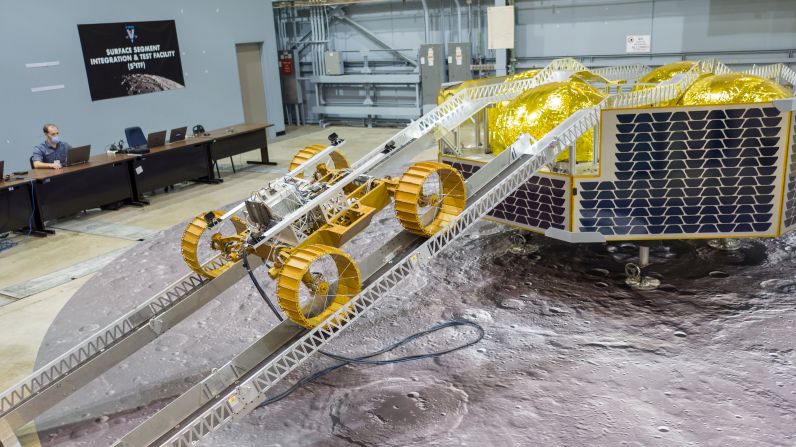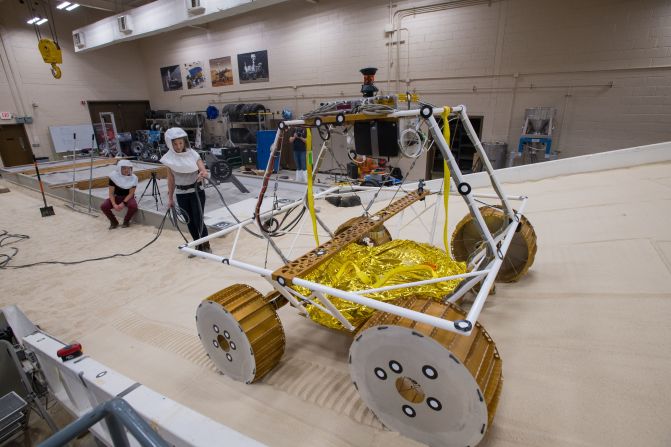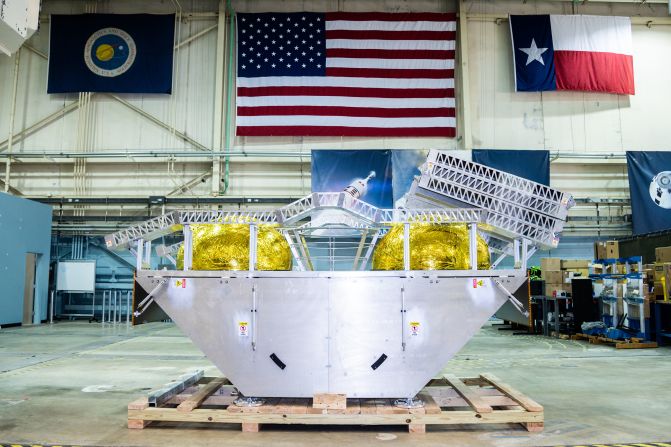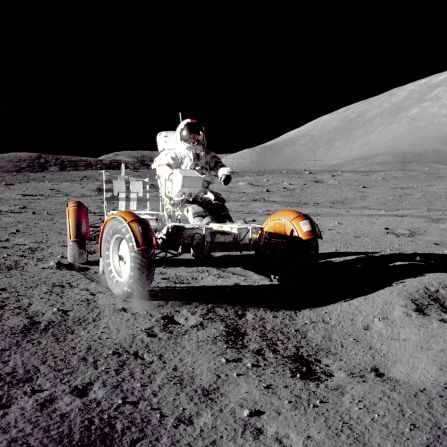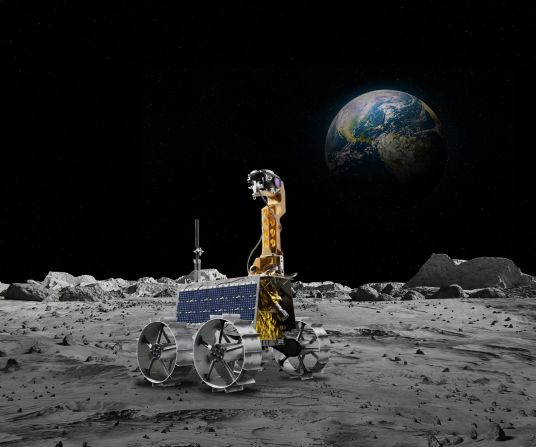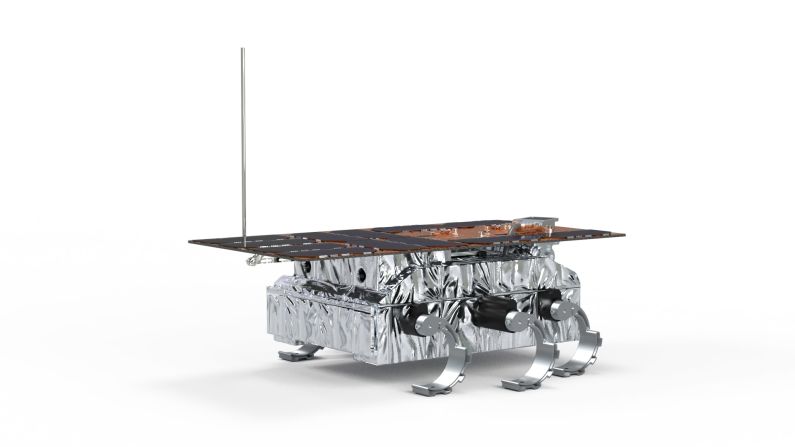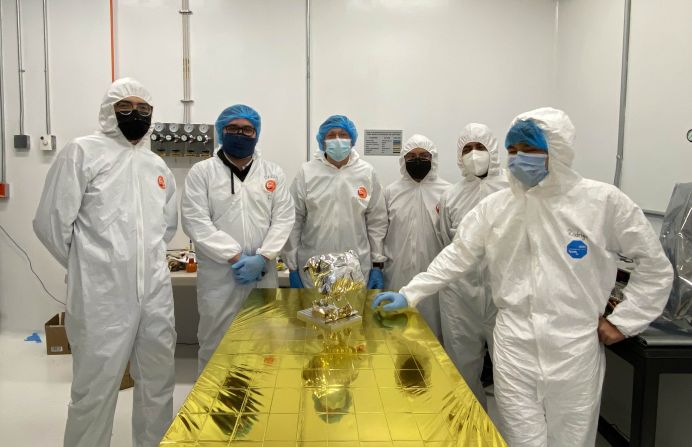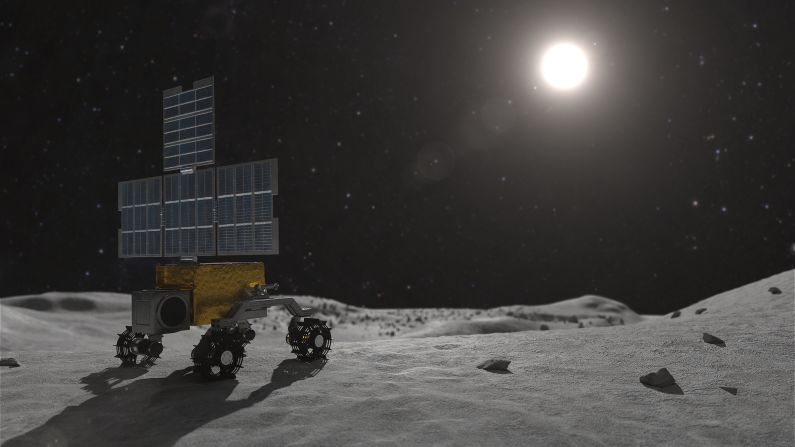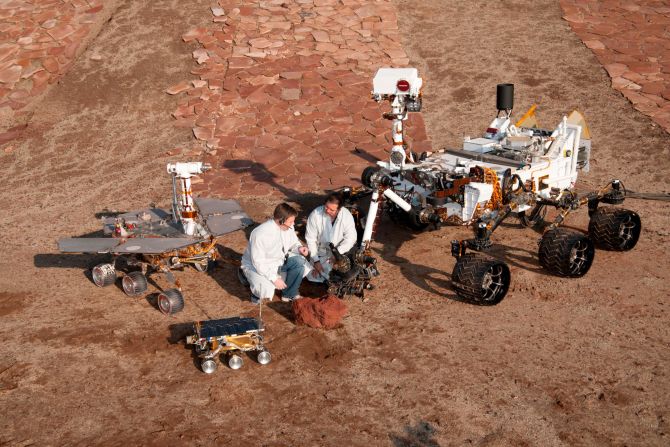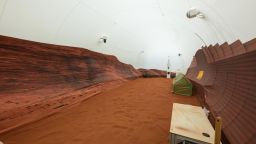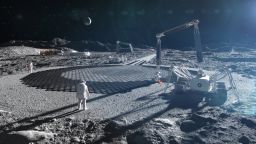With NASA’s Artemis mission planning to return astronauts to the moon for the first time since 1972, there’s a new buzz about lunar exploration.
Space agencies around the world are developing cutting-edge moon rovers with advanced capabilities, with NASA’s VIPER rover among the vanguard of new robotic explorers.
VIPER, or Volatiles Investigating Polar Exploration Rover, has now begun construction and is scheduled to land at the moon’s South Pole in 2024. Its mission is to search the lunar surface for water ice. Armed with a suite of scientific instruments, VIPER will collect and analyze samples and map the distribution of water ice beneath the surface – which could lay the foundation for sustained lunar exploration.
“VIPER follows on the heels of NASA’s (2009) LCROSS mission, which was the first lunar mission to actually touch the water ice in a polar region on the moon,” says Dan Andrews, the VIPER project manager at NASA’s Ames Research Center in California.
“Ever since that discovery, missions have been planned to better understand the nature and distribution of the water ice, supporting both scientific and exploration goals, like Artemis’ goal of sustaining a human presence on the moon,” he continues.
“Harvesting local resources wherever they can be found, will facilitate humans ‘living off the land’ on the moon, as well as enabling air to breath, water to drink, grow and manufacture, and even hydrogen for rocket fuel.”
A well-adapted rover
VIPER will be around the size of a golf cart and will weigh 430 kg (948 lbs). It will be equipped with three spectrometers to measure volatiles – substances such as water that can easily change from solid or liquid to gas – and a 1-meter drill to perform sub-surface excavations.
“The spectrometers include a mass spec, a neutron spec, and a near-infrared spec, providing a good, broad understanding of the volatiles of interest, as well as some geotechnical properties understanding of the lunar regolith,” he says. Regolith is the loose material on the lunar surface, including moon rocks and dust.
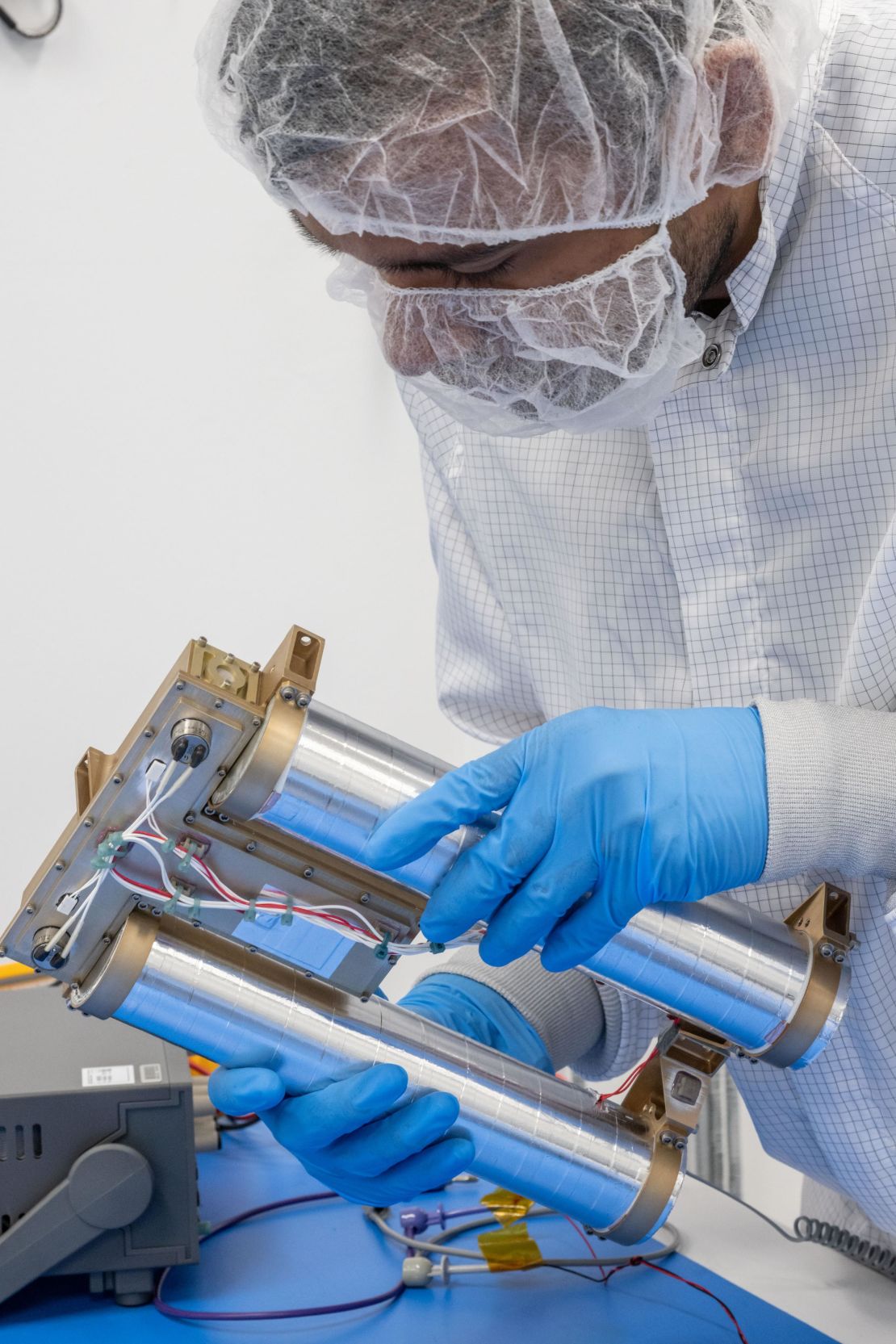
NASA hopes that the data collected by VIPER will help to shape future missions. “Knowing where resources like water-ice are located … as well as the conditions at those locations, will carry direct implications for how follow-on missions will go about harvesting that water-ice,” says Andrews. “Additionally, learning for how volatiles could be extracted could carry relevance to equivalent activities on Mars – Mars and the moon are very different places but there is some good engineering learning from the moon that can inform future Mars volatiles harvesting missions.”
In terms of its design and capabilities, VIPER stands out from other rovers due to its adaptation to lunar polar conditions.
One of the major obstacles facing the VIPER team is the lighting at the moon’s poles, according to Andrews. “For a solar-powered mission, sunlight is power and warmth, and in polar regions, the sun is very low on the horizon and the shadows on the lunar surface are very long,” he explains. “This forces surface roving missions to plan very carefully so they do not freeze, given those cold, dark shadows. The VIPER design team is taking all of those constraints and designing them into both our surface traverse plans and into the rover design itself.
“For example, our solar arrays are on the sides of the rover – not the top – because the sun is so low on the horizon.”
As a four-wheeled rover, VIPER will be able to move in any direction, while keeping its solar arrays and communications systems pointed to the Earth or sun. “This gives VIPER incredible levels of control and flexibility,” Andrews says. “VIPER’s suspension system also provides unique means for changing its center of gravity, so that it can navigate uncertain conditions and environments.”
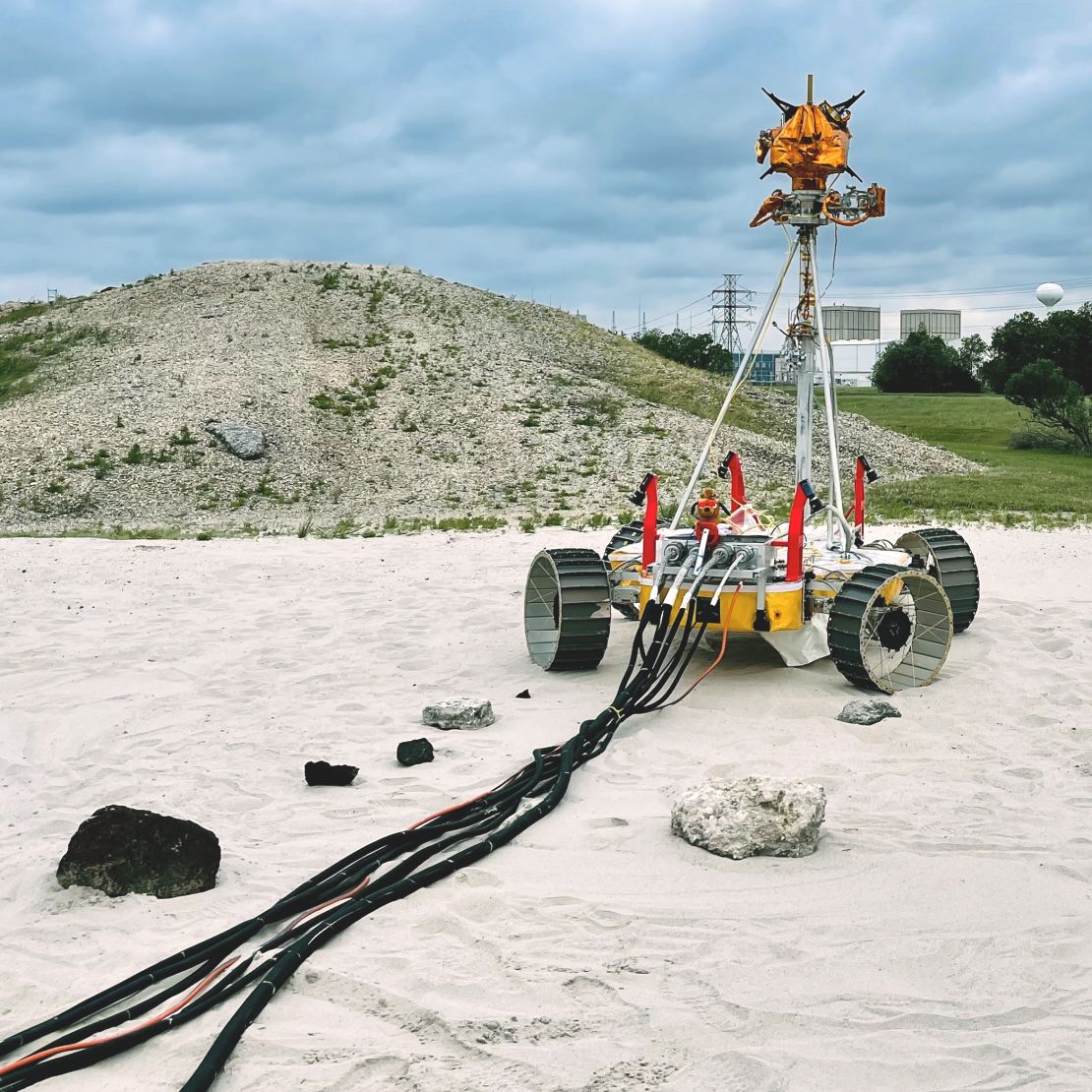
Rovers, rovers everywhere
The VIPER mission is not alone in its plans to put wheels on the moon.
Dubai’s Mohammed Bin Rashid Space Centre (MBRSC) is developing a new rover to replace the 10kg, four-wheel Rashid Rover that was lost in April when the lander carrying the rover – the Hakuto-R spacecraft, built by Japanese company ispace – is thought to have crash landed on the moon.
India’s third rover, Chandrayaan-3, is set to launch in July this year and will be deployed at a “soft site” on the moon’s surface to carry out chemical analysis.
At Delft University of Technology in the Netherlands, engineers are looking to ultimately build a team of tiny rovers that will work together to gather data on the moon. The Laboratory for Space Instrumentation at the Universidad Nacional Autónoma de México has a similar project – its Colmena plans to catapult five miniature rovers onto the lunar surface. In Canada, Toronto-based start-up STELLS SPACE is developing a “portable charger” rover to wirelessly provide solar energy to stranded rovers.
In the meantime, the impact of the VIPER mission on space research promises to be significant.
“VIPER will provide answers – and probably new questions – which could very well shape the future of commercial industry on the moon for generations to come,” says Andrews.

